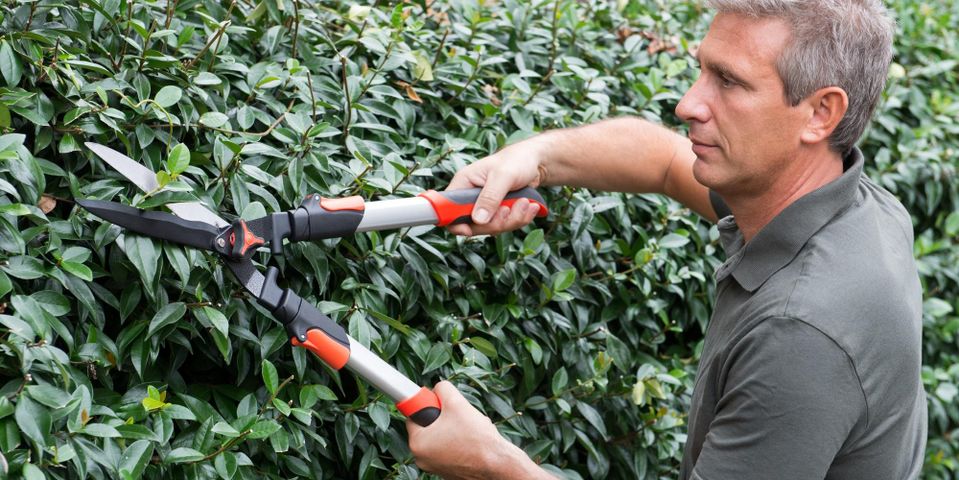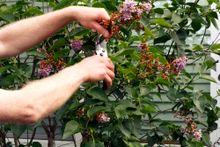Do's & Don'ts of Shrub Care

Proper shrub pruning and maintenance can ensure your greenery will stay verdant and appealing for years to come. Knowing what to do and what not to do when tending to your shrubs will help you make certain your plants’ energy and nutrients are being equally distributed, enabling them to thrive. Below are some do's and don'ts to remember when taking care of your shrubs, including signs when shrub removal may be necessary.
Do:
Prune dead or diseased branches.
A dead, dying, or diseased branch saps nutrients from the rest of the shrub, and will eventually cause the entire shrub to die. When you notice sickly branches, prune these areas as soon as possible. Doing so supports the shrub’s ability to amass enough energy to create new branches, ultimately replacing the old, dead ones. however, if you’re too late and the whole plant shows zero signs of life, consult a shrub removal professional—don't let it be an eyesore in your landscaping.
Trim flowering shrubs as soon as they are done flowering.
 Once flowering shrubs have lost their blooms for the season, it's time to trim them. Not doing so in a timely fashion can prevent your shrubs from flowering again next season, so consider this a priority if you want the buds to return on schedule. Most flowering shrubs bloom in the spring, but some varieties may not blossom until later in the summer. If you have multiple shrubs, keep an eye on them throughout the year to stay on top of trimming.
Once flowering shrubs have lost their blooms for the season, it's time to trim them. Not doing so in a timely fashion can prevent your shrubs from flowering again next season, so consider this a priority if you want the buds to return on schedule. Most flowering shrubs bloom in the spring, but some varieties may not blossom until later in the summer. If you have multiple shrubs, keep an eye on them throughout the year to stay on top of trimming.
Don't:
Prune more than a third of a shrub.
Pruning more than a third of any shrub can cause the plant to go into shock. Once that happens, it's extremely difficult for the plant to recover. Always err on the side of caution when pruning your shrubbery, trimming too little as opposed to too much. If you've over-pruned your shrub and the plant has died, contact a shrub removal service to have it taken out.
Overwater your shrub.
As a general rule, shrubs need at least one inch of water per week to sustain themselves. But just as you don't want to underwater your shrubbery, overwatering it is just as detrimental to the health of your greenery. Signs of an overwatered shrub include a wilted appearance, brown leaves, and excessive shedding of leaves.
Bearing these do’s and don'ts in mind will help you take the best possible care of your shrubbery. However, when you still need an expert in shrub removal to discard of sickly shrubs, trust the professionals at Todd’s Tip Top Complete Tree Service. Located in Oneida County, WI, the tree removal service has provided quality land clearing, tree trimming, and pruning services to north-central Wisconsin for over 25 years. Call (715) 282-5858 or visit them online to request a free estimate.
About the Business
Have a question? Ask the experts!
Send your question

